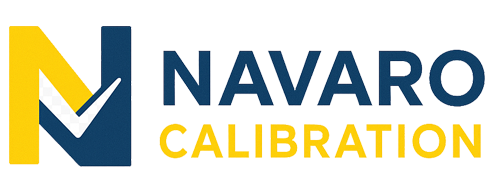No products in the cart.

In modern industries, pressure measurement plays a vital role in maintaining both operational efficiency and process safety. Whether in oil & gas, pharmaceuticals, power generation, or chemical manufacturing, accurate pressure calibration is essential for avoiding accidents, ensuring regulatory compliance, and optimizing production.
This article explores the fundamentals of pressure calibration, why it matters for industrial process safety, and the tools professionals rely on to achieve precision.
Why Pressure Calibration Is Critical for Safety
Uncalibrated or drifting pressure instruments can cause serious risks, such as:
Overpressure hazards leading to equipment damage or catastrophic failures.
Leak detection failures, which can result in unsafe chemical releases.
Inaccurate process monitoring, leading to poor product quality or regulatory violations.
Downtime and costly maintenance, caused by unreliable readings.
By establishing a consistent pressure calibration program, industries not only protect workers and assets but also meet international safety standards such as ISO/IEC 17025.
Key Instruments Used in Pressure Calibration
To achieve precise results, technicians use specialized calibration tools designed for a wide range of applications. Some of the most essential instruments include:
1. Pressure Calibrators
Portable and laboratory-grade pressure calibrators are indispensable for verifying sensors, transmitters, and gauges. These devices generate and measure pressure with high accuracy, ensuring reliable performance in the field.
A popular example is the Fluke 729 Automatic Pressure Calibrator, designed for process technicians who require efficient and automated pressure testing.
2. Multifunction Calibrators
For industries that demand versatility, multifunction calibrators combine pressure, temperature, and electrical calibration into one device. They allow technicians to streamline workflows and reduce the need for multiple instruments.
3. Digital Pressure Gauges
High-accuracy digital pressure gauges provide real-time monitoring and are frequently used as reference standards in field calibrations.
4. Deadweight Testers
Considered the gold standard in pressure calibration, deadweight testers use fundamental pressure principles to deliver unmatched accuracy. They are commonly used in calibration labs for certifying other instruments.
Best Practices for Pressure Calibration in Industrial Safety
To maintain accuracy and compliance, industries should implement the following best practices:
Regular Calibration Intervals
Establish schedules based on manufacturer recommendations, regulatory standards, and the criticality of the process.
High-risk applications often require more frequent calibrations.
Traceability to Standards
Ensure calibrations are traceable to national or international standards (e.g., NIST, ISO).
This enhances credibility during audits and inspections.
Environmental Considerations
Account for temperature, humidity, and vibration, which can affect calibration accuracy.
Documentation and Reporting
Maintain calibration certificates and digital records for compliance and quality assurance.
The Link Between Pressure Calibration and Process Safety
When a refinery or chemical plant integrates calibrated pressure instruments into its safety systems, it reduces the likelihood of overpressure incidents, equipment failures, and costly unplanned shutdowns. Reliable calibration ensures that pressure relief valves, transmitters, and safety interlocks perform exactly as designed.
For example, using a high-precision pressure calibrator ensures that a pressure safety valve activates at the correct setpoint, preventing catastrophic overpressure conditions.
Conclusion
Pressure calibration is not just about compliance—it is about safeguarding people, processes, and the environment. By using the right tools, implementing proper calibration intervals, and ensuring traceability, industries can significantly reduce risks while enhancing efficiency.
If your facility requires reliable calibration solutions, explore our wide range of pressure calibration instruments or learn more about multifunction calibrators to optimize your process safety.
